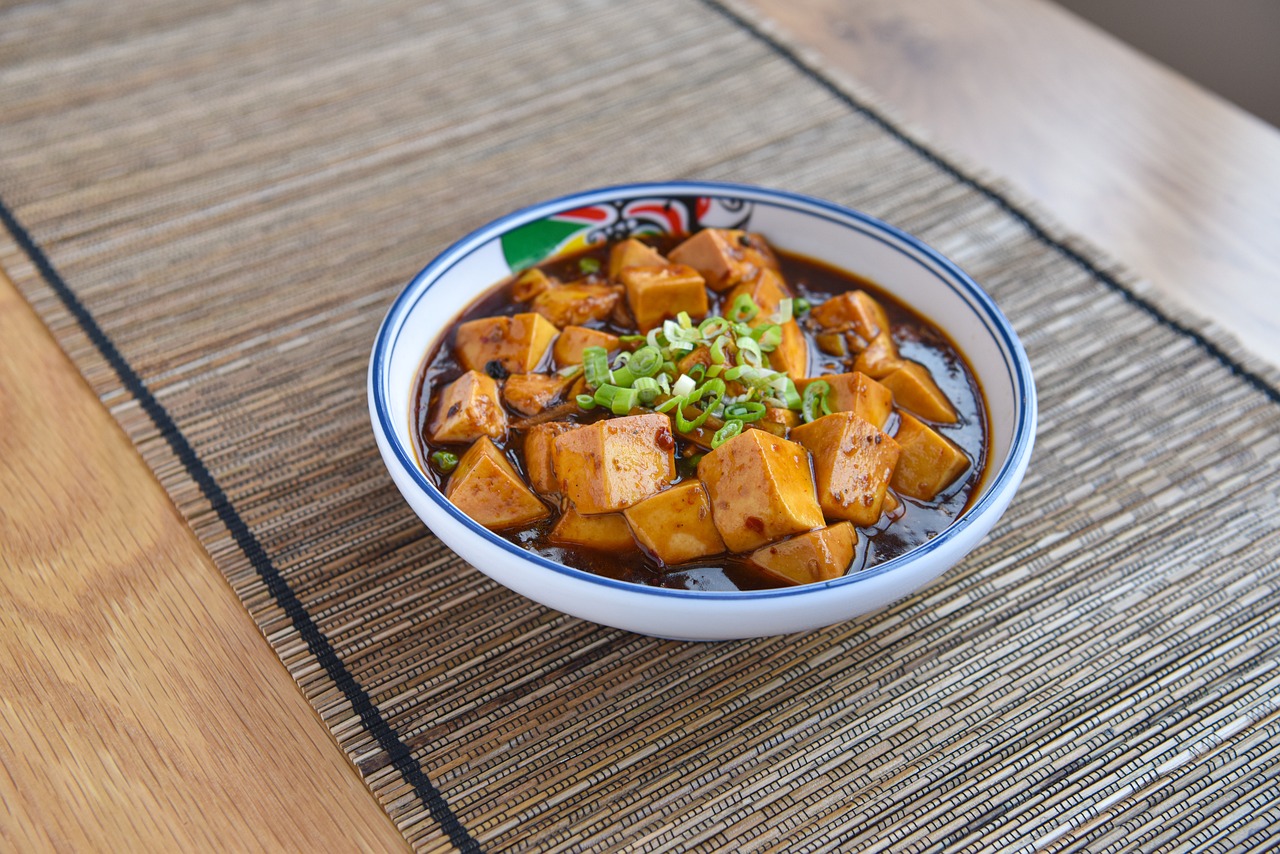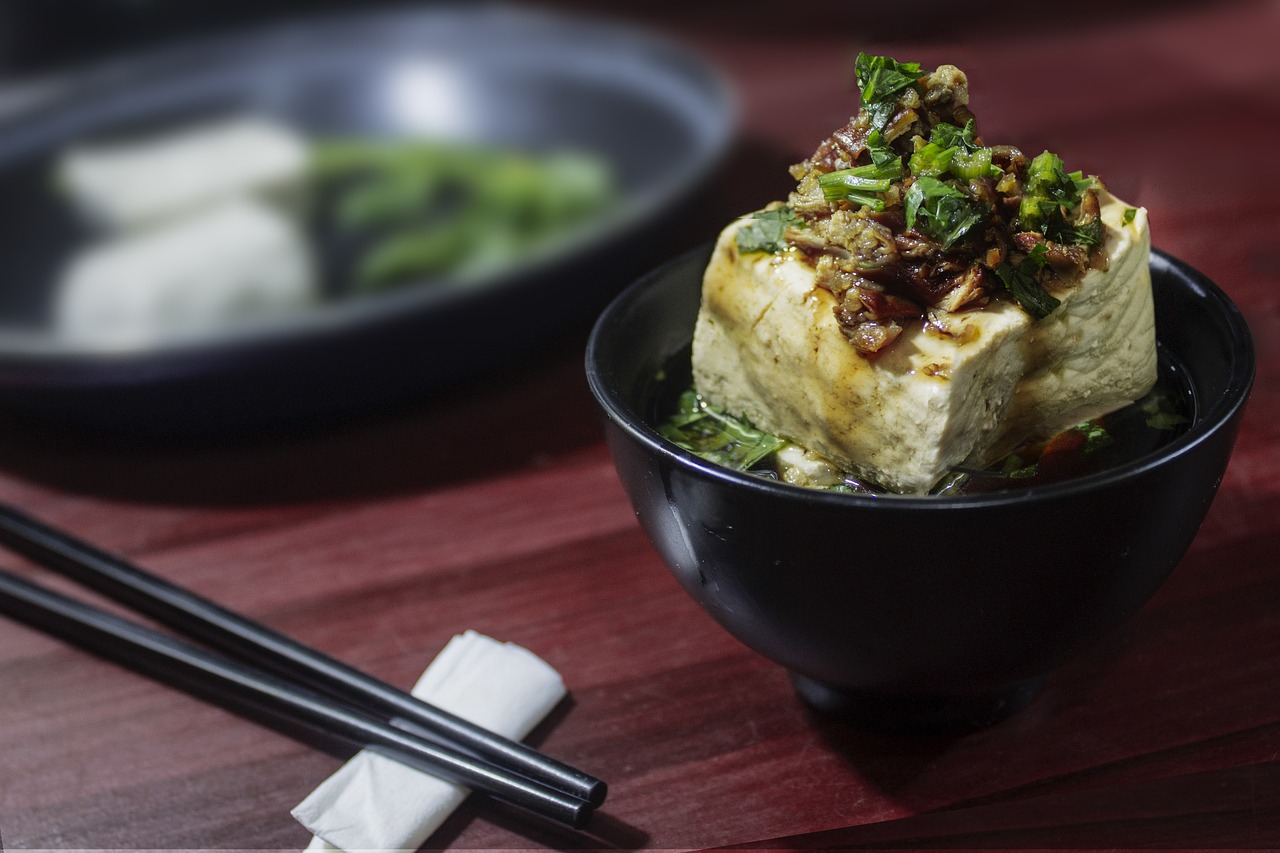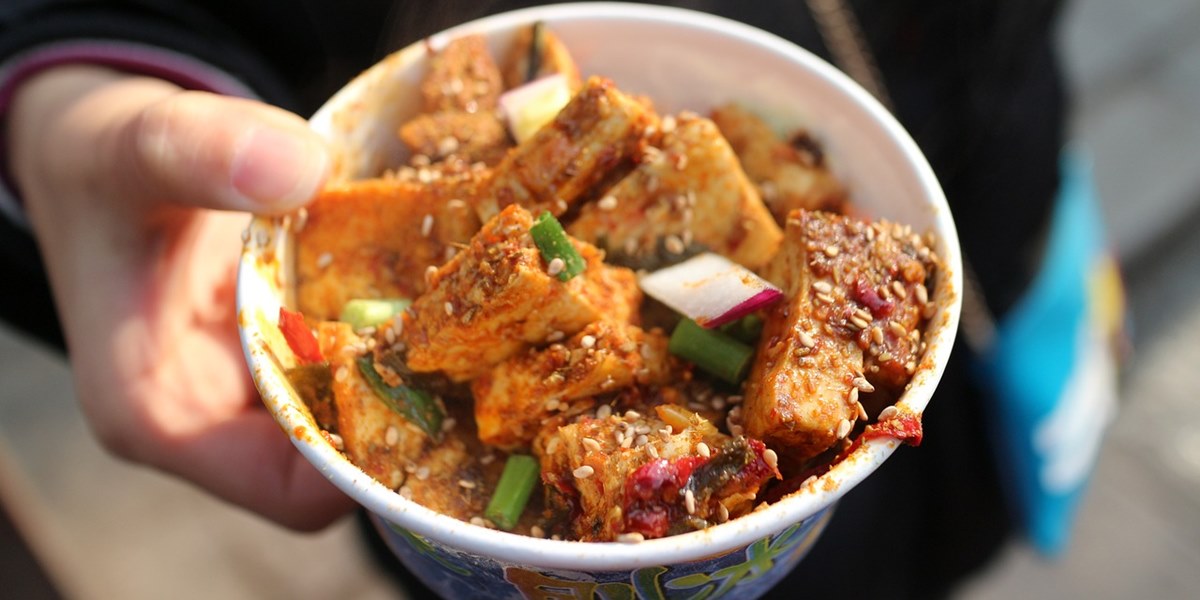Kapanlagi.com - Tofu, or in Japanese known as "tofu", has been an inseparable part of the culinary culture of the Land of the Rising Sun for centuries. The journey of this soybean-based food in Japan is an interesting tale of cultural adoption, culinary innovation, and tradition.
From its arrival as an imported food to becoming a national culinary icon, tofu has undergone an evolution in its processing and presentation. This article explains about Japanese tofu, its history, and the unique ways of preparing tofu in Japan.
Let’s start this culinary journey by diving into the rich and enchanting world of Japanese tofu. From the Japanese word for tofu, its history, and also its preparations. Check it out, KLovers!
1. What Does Japanese Know?

Illustration (credit: pixabay.com)
Tofu has become one of the quite popular and widely loved foods. For those of you who want to learn Japanese, tofu in Japanese is also called "tofu". This word comes from Mandarin "doufu" which has the same meaning, that is tofu.
Tofu is a very important food in Japanese cuisine and has been an integral part of the culinary culture of the country for centuries. Made from fermented soybeans, pressed, and then solidified, tofu has a soft texture.
In terms of taste, tofu tends to have a neutral flavor, making it very versatile in various dishes. In Japan, tofu is not only considered a healthy source of plant-based protein but also holds cultural and historical significance in society.
Tofu is often used in vegetarian cuisine, especially in Buddhist temple cooking, and has also become a key ingredient in various traditional dishes such as miso soup, agedashi tofu, and Japanese-style mapo tofu. The presence of tofu in Japan reflects the influence of Chinese culture.
In addition to being a cultural influence in Japan, tofu also shows how the Japanese have adapted and developed the use of this ingredient according to their own culinary tastes and traditions, making it a popular food in Japan.
2. The History of Tofu in Japanese Culture
In addition to knowing the Japanese word for tofu, KLovers can also learn about the history of tofu in Japanese culture. The history of tofu in Japanese culture is an interesting story. Here is an explanation of the history of tofu in Japanese culture that you can know:
1. Tofu was introduced to Japan from China around the 8th century, during the Nara period (710-794). Initially, tofu was brought by Buddhist monks and diplomats traveling between the two countries. This food quickly found its place in the kitchens of Buddhist temples because it suited the monks' vegetarian diet.
2. During the Kamakura period (1185-1333), tofu consumption began to spread beyond temple environments. Samurai valued tofu as a good source of protein and an easily digestible food. Its popularity continued to grow during the Muromachi period (1336-1573), when tofu began to be enjoyed by the general public.
3. In the Edo period (1603-1867), tofu production became a well-established industry in Japan. Various types of tofu were developed to cater to local tastes, such as yuba (tofu skin) and aburaage (fried tofu). Tofu also began to play an important role in home cooking and restaurants.
4. During the Meiji period (1868-1912), when Japan began to open up to Western influences, tofu remained an important part of the national diet. In fact, Japanese tofu-making technology began to be exported to other countries.
5. In the modern era, tofu has been fully integrated into Japanese food culture. It is not only a daily ingredient but also holds a special place in traditional cuisine and religious ceremonies. For example, tofu is often used in dishes served during the New Year's celebrations.
Recent developments show that tofu is also gaining new attention as a healthy and environmentally friendly food. With the increasing awareness of plant-based diets, tofu is becoming more appreciated both in Japan and around the world.
3. Tofu Dishes in Japanese Cuisine

Illustration (credit: pixabay.com)
In addition to knowing the Japanese language, KLovers can also learn about tofu dishes in Japanese cuisine. Here are some examples of tofu preparations in Japanese food, complete with explanations and methods of processing tofu in these dishes:
1. Agedashi Tofu
Explanation: A classic dish consisting of fried tofu pieces served in warm dashi broth.
Method: Cut the tofu into cubes, sprinkle with potato starch or cornstarch, and fry until golden. Serve in a bowl containing hot dashi broth seasoned with soy sauce and mirin. Garnish with chopped green onions, grated ginger, and bonito flakes.
2. Yudofu
Explanation: A winter dish consisting of tofu boiled in kombu broth.
Method: Boil water with pieces of kombu seaweed to make the broth. Cut the tofu into large cubes and boil in broth until warm. Serve with soy sauce, chopped green onions, and wasabi as accompaniments.
3. Mapo Tofu
Description: A Japanese adaptation of the Sichuan dish from China, consisting of tofu cooked in a spicy sauce with minced meat.
Preparation method: Stir-fry minced beef or pork with garlic and ginger. Add doubanjiang (spicy soybean paste), soy sauce, and miso. Add soft tofu cut into cubes and cook until hot. Thicken with cornstarch and sprinkle with green onions.
4. Hiyayakko
Description: A simple cold tofu dish popular in the summer.
Preparation method: Cut soft tofu into cubes or rectangles. Serve cold with a sprinkle of chopped green onions, grated ginger, bonito flakes, and soy sauce or ponzu sauce.
5. Dengaku Tofu
Description: Grilled tofu coated with sweet miso sauce.
Preparation method: Cut tofu into thick rectangles, grill or roast until the surface is browned. Brush with a sauce made from a mixture of miso, mirin, and sugar. Grill a little longer until the sauce caramelizes.
6. Ganmodoki
Description: Fried balls made from a mixture of tofu and vegetables.
Preparation method: Crumble tofu, mix with chopped vegetables (such as carrots and shiitake mushrooms), flour, and eggs. Shape into small balls and fry until golden. Often served in soup or as part of nimono (boiled dishes).
7. Yuba
Explanation: "Tofu skin" that forms on the surface of soy milk when heated.
Preparation method: Yuba can be eaten fresh or dried. In its fresh form, it can be rolled and filled with various fillings. Dried yuba can be soaked and used in soups or stir-fries.
That is the bJapanese term for tofu that KLovers can learn. Tofu in Japan is not just food, but a reflection of a culture that continues to evolve, blending tradition and innovation in every delicious bite.
(kpl/dhm)
Disclaimer: This translation from Bahasa Indonesia to English has been generated by Artificial Intelligence.














